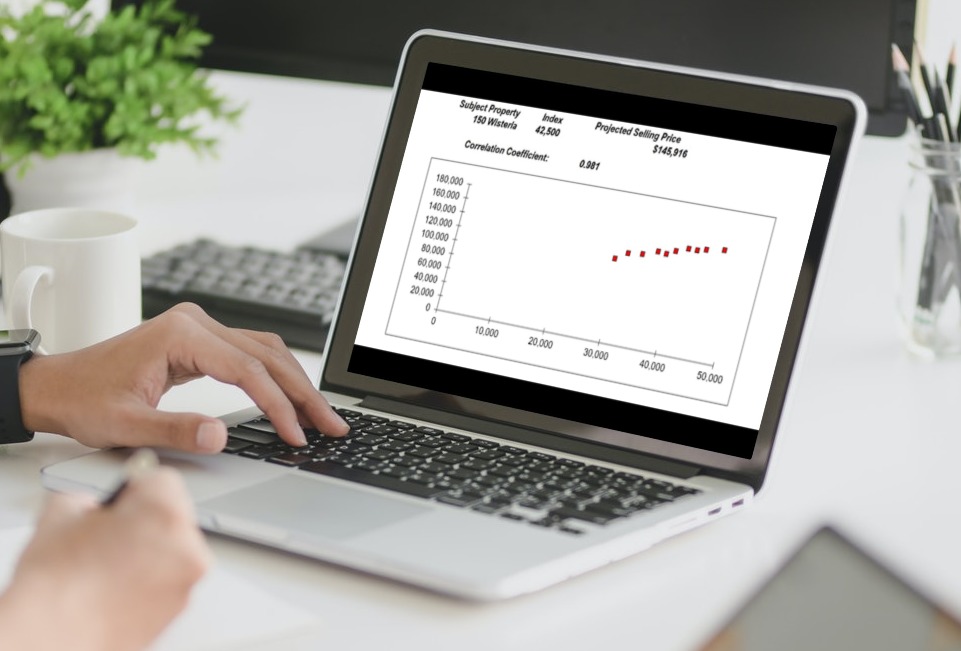Simply put, self-storage properties are built to contain many, often hundreds of individual storage spaces of varying sizes. It’s a booming market, forecast to be worth over $64 billion by 2026.
Author: Frank Gallinelli
For those of us whose experience with rental property goes back a few decades (maybe even more than a few), the term “property management” conjures up images of ledger books for recording rent payments and expenses, receipt pads for tenants who paid by cash, and a plumber or two on our landline’s speed dial.
If you’ve gotten involved as a landlord or tenant with non-residential real estate, such as retail or office buildings, then you have probably encountered a phenomenon that may go by any of several names: expense recoveries, expense reimbursements, pass-throughs, or common area maintenance (CAM) charges. What exactly is this phenomenon and how does it work?
Expense recoveries (aka reimbursements or pass-throughs) serve as a customary ingredient in leases for non-residential property. In part 1 of this article, I discussed some of the typical ways such an arrangement might play out.
In Part 2 of our discussion of real estate expense recoveries, we looked at several different methods that property owners use to recover some of their operating costs from tenants:
Real estate has probably been the best vehicle for building wealth since, well, forever – and income-producing real estate (aka rental property) may be the type of real estate that offers the greatest opportunities to small and mid-size investors.
But nothing worthwhile comes without a few potential pitfalls. You can and certainly should prosper as an investor, but to do so means being mindful of some mistakes that could derail your success. Let’s consider a few of the most important:
I had a question recently about a metric called Yield on Cost, aka Return on Cost and also sometimes called Development Yield. So what is it and when and how might it be useful?
I remembered a day when I was an undergrad psych major at Yale (a day in 1964, if you can believe) when my professor did an experiment in class that stayed with me for all these years.
He had a little mouse and what looked like a Skinner Box – you might remember those from your college years, an enclosure designed to use positive reinforcement – receiving food pellets in a tray – to teach the mouse to perform some action, like pressing a lever.
The prof came into our lecture hall in front of a hundred or more bright-eyed freshman carrying a modified version of the box: It had two separate levers that would each deliver food pellets, and one of the levers was designed to pay off much more frequently than the other.
Users of our Real Estate Investment Analysis program sometimes call us with questions that are not about the software but about the underlying analysis. If we had a “greatest hits” list for those questions the all-time winner would be this: “My cash flow goes up each year; the value of the property goes up each year; but when I look at the Internal Rate of Return, it goes down almost every year. What’s up with that?” To see how this can happen, let’s take a look at two very simple examples.
Regression – no, it’s not what your family and friends accuse you of when you want to trade in the mini-van for a two-seater stick-shift convertible (well, maybe it is, but that’s a topic for a different article). If you’re familiar with our RealData software, my online video courses, and my other blog posts here, then you know that I’m usually talking about income-producing property like multi-family, retail, office, or the like — seldom about single-family homes. And when we estimate the value of most income properties, we typically do so by looking at their income stream.









